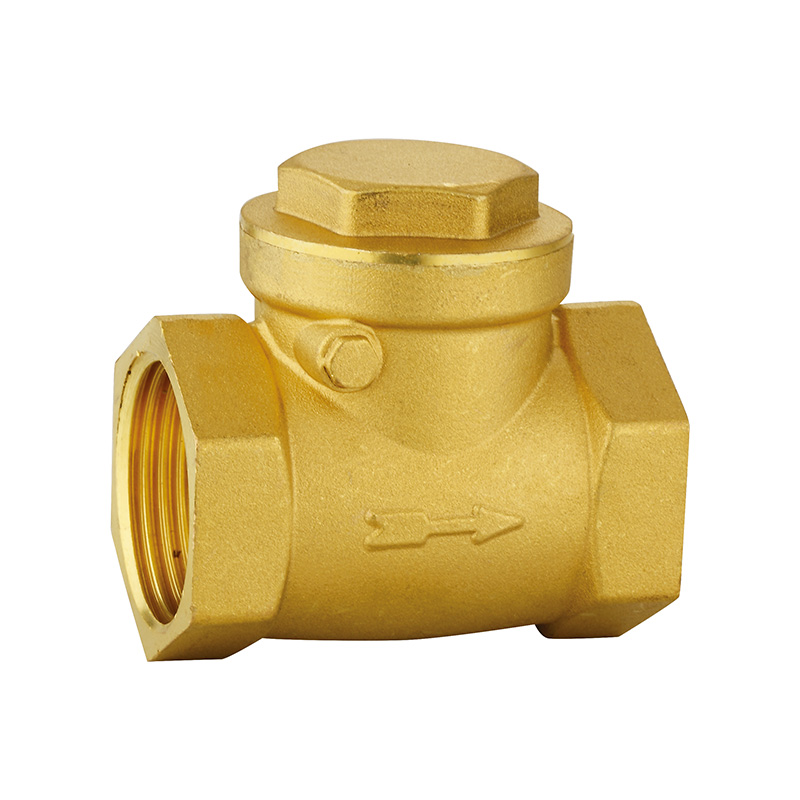What Does Plumbing Hydraulic Valves Include? Understanding the Essentials
Plumbing hydraulic valves play a vital role in regulating the flow and pressure of liquids in various plumbing systems, particularly in applications where precise control of fluids is necessary. These valves are often used in industrial, commercial, and residential settings to manage fluid dynamics, ensuring systems function efficiently and safely.

Plumbing Hydraulic Valves Manufacturer
The Basics of Plumbing Hydraulic Valves
At their core, plumbing hydraulic valves are mechanical devices used to control the flow of liquids and gases in hydraulic systems. They work by adjusting the size of the passage through which the fluid moves, either restricting or allowing flow based on the needs of the system. These valves are crucial in systems that rely on fluid movement under pressure, such as water treatment plants, irrigation systems, and various manufacturing processes.
A Plumbing Hydraulic Valves Manufacturer typically designs and manufactures several types of valves, including pressure relief valves, ball valves, check valves, and flow control valves, each serving a specific purpose within hydraulic systems. These valves ensure the proper management of fluids, maintain system pressure, and protect sensitive equipment from damage.
Key Components of Plumbing Hydraulic Valves
Understanding what plumbing hydraulic valves include involves looking at the key components that make up these essential devices. The primary parts of a hydraulic valve typically include:
Body: The valve body is the outer casing of the valve, made from durable materials such as steel, brass, or stainless steel. It houses all the internal components and provides structural integrity.
Valve Seat: The valve seat is the surface that the valve plug or ball sits against to create a seal, preventing fluid from passing through when the valve is closed.
Flow Passage: This is the internal channel or path within the valve body through which the fluid flows. The design and size of the passage influence the flow rate and pressure.
Valve Stem: The valve stem connects the valve handle or actuator to the internal components, enabling the valve to be operated manually or automatically.
Seals and O-rings: These are used to prevent leaks and ensure the valve remains airtight. High-quality seals are essential to the longevity and efficiency of the valve.
Actuator: Some hydraulic valves are operated by an actuator, which can be manual (using a handle or lever) or automatic (using electric, pneumatic, or hydraulic power). The actuator controls the movement of the valve to adjust the flow.
Types of Plumbing Hydraulic Valves
A Plumbing Hydraulic Valves Manufacturer typically produces several types of valves, each designed for specific functions. These include:
Ball Valves: These valves use a rotating ball with a hole through the center to control fluid flow. When the hole is aligned with the flow passage, the valve is open, and when it's perpendicular, the valve is closed. Ball valves are widely used for their reliability and ability to provide a tight seal.
Check Valves: Check valves are designed to allow fluid to flow in only one direction. They prevent backflow, which can damage systems or cause contamination in plumbing systems. These valves are essential for maintaining the integrity of pressurized systems.
Pressure Relief Valves: These valves are critical for safety, as they protect hydraulic systems from excess pressure. If the pressure exceeds a set limit, the valve opens to release fluid and prevent damage to the system.
Flow Control Valves: Flow control valves regulate the flow rate of the fluid within a system. By adjusting the valve, operators can control the speed of machinery or other devices powered by hydraulic fluid.
Directional Control Valves: These valves control the direction of the fluid flow within a system. They direct the flow to different parts of the system based on operational needs, such as switching between different machines or circuits.



 English
English русский
русский Español
Español عربى
عربى


